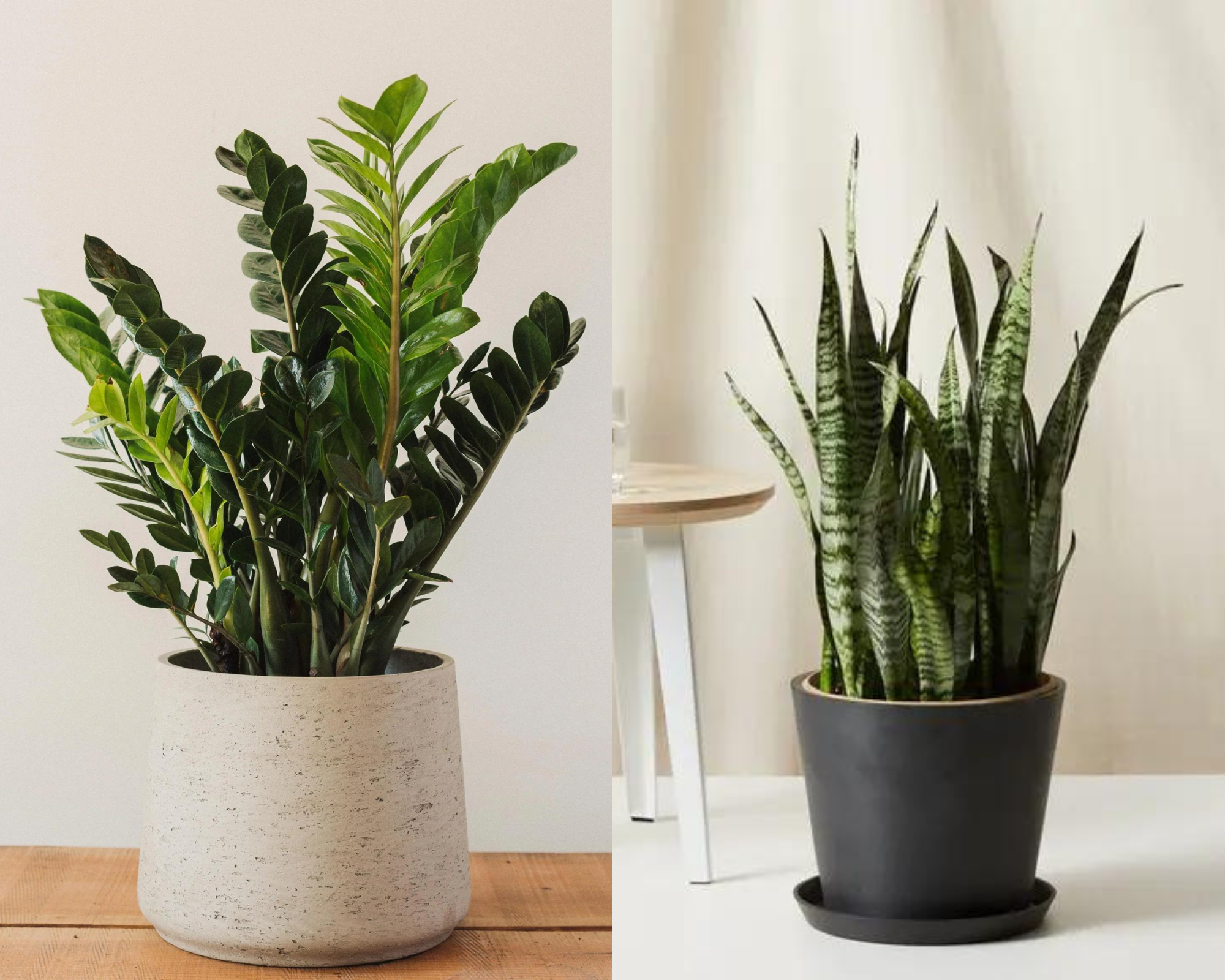So you have decided that it's time to upgrade your space with some interior plant design, only you don't know what plants will thrive in your specific space. The number one thing to consider when you select a new plant friend is their light requirement. And we know it can feel a little confusing at first, but don’t fret! Read on for a beginner's guide to help you understand what plants thrive in what lighting and why.


.png)